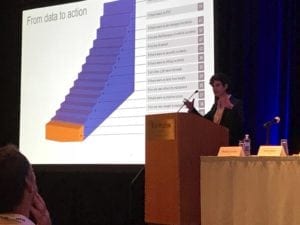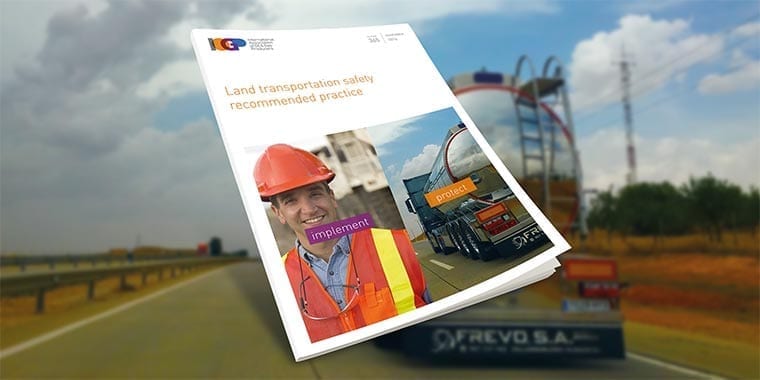
Project Safira
Putting an end to upstream fatalities in the workplace
Project Safira brings together four of IOGP’s safety projects:
Process Safety Events; Aviation; Land Transportation; Life-Saving Rules
Process safety events
Process safety events – high severity, low frequency, however…

5 years of PSE reporting is helping us come up with ideas to eliminate fatalities
Aviation
Five focus areas
1: Robust aircraft design / system reliability
2: Assured flight path HTAWS (Joint with HeliOffshore)
3: Effective human and organisational performance
4: Targeted technical solutions
5: Industry standardisation and compliance

Land Transportation

Implement the 3+1 for no more fatalities on the road
Life-Saving Rules

“I know and follow the Life-Saving Rules”
In 2008-2017, 376 people lost their lives in fatal incidents that might have been prevented by following one of IOGP’s Life-Saving Rules.
The majority of our workforce, and of our fatalities, are contractors. For them, we must standardize. One industry, one workforce, one common safety language.
These rules are not a replacement for a management system, competent people, site rules or procedures – but when these barriers fail, following the Rules is a final barrier, designed for the worker to have complete control over, that will keep him or her safe.

About Project Safira
Why ‘Safira’

Arab mathematicians translated the word śūnya (meaning “void, empty”) from Sanskrit as ṣifr, to represent the numeral 0. Italian Mathematician Fibonnaci brought this to Europe, and through Safira and Zevero, it became the English ‘zero’. Now, with IOGP’s Project Safira, the original term has taken on a new meaning. It expresses the Association’s determination to put an end to upstream fatalities.
IOGP and its member companies are committed to end fatalities in the workplace. With the word Safira, we want to encourage a new way of thinking about our goal to eliminate fatalities, and by running it as a project, we are committed to making happen. Project Safira provides a single focus for four of IOGP’s current safety priorities. We focused on three areas that have been among the top causes of upstream fatalities during the past five years – process safety, aviation and land transportation.
Our fourth safety priority is “Life-Saving-Rules”. It tackles fatalities in activities such as working at height or confined space that we continue to see in our annual safety statistics. If over the past 10 years the revised 9 IOGP Life-Saving Rules had been followed, 376 lives may have been saved.
 Step by step
Step by step
The impetus for Project Safira dates back to a review of 2015 fatalities compared to those in 2014. It showed a rise in fatalities. “We knew we had to do something,” says Mariana Carvalho, IOGP’s Safety Committee Manager. “IOGP’s Safety Committee had over the years produced a lot of good work, work that is helping the industry improve in safety, but we decided to simplify and focus our mission: to eliminate fatalities. But how?
“IOGP is fortunate in having Member Companies that voluntarily submit their safety data annually. It gives us a unique platform to understand industry-wide trends. Looking at the most recent 5-year period, (2011-2015), there had been on average 85 fatalities every year. But what if there had been no process safety events? Then we would have had 71 fatalities. And what if there had also not been any air transportation accidents? 61 fatalities. No vehicle crashes of workers being run over? 53 fatalities. And so on.
“This gave us the idea of a staircase. But instead of heading up to our aspiration, we wanted to head down, one step at a time, to a level where upstream fatalities don’t occur. Along the way, we will do what it takes to ensure we don’t backtrack. Nor will we miss any of the steps. And with each level of our descent, we’ll apply what we learned from previous steps – and share that knowledge widely so that we can move down, together, as an industry,” Mariana says.
As part of that effort, IOGP is promoting Project Safira beyond IOGP Members, reaching out to offshore industry operators, drilling contractors, service/supply companies, academia and regulators.



